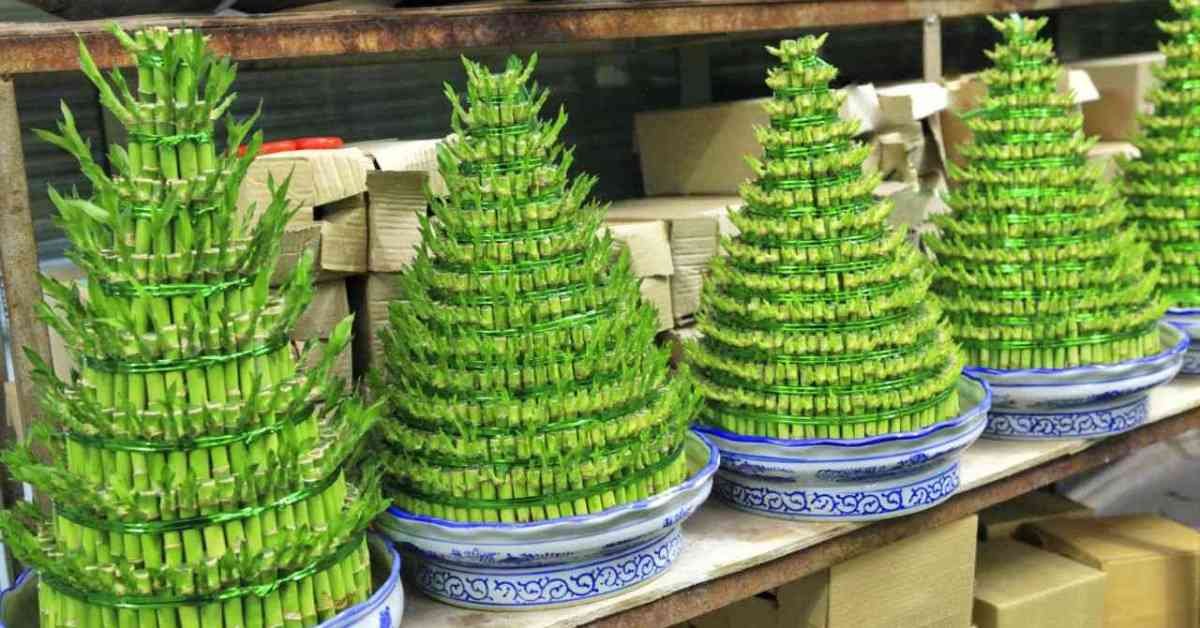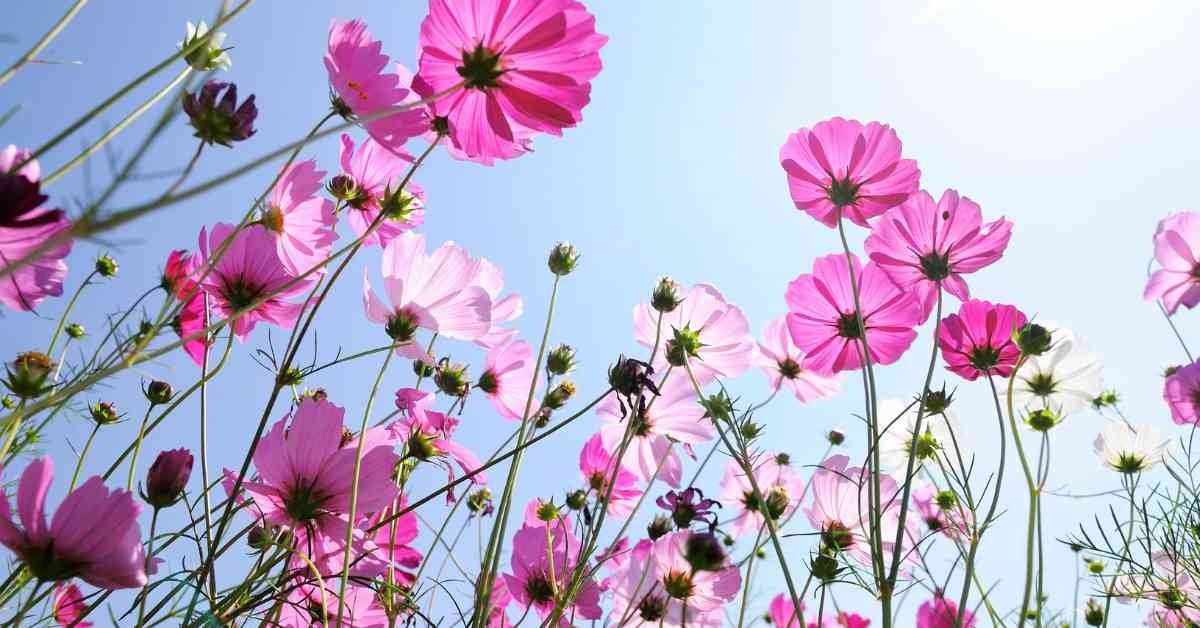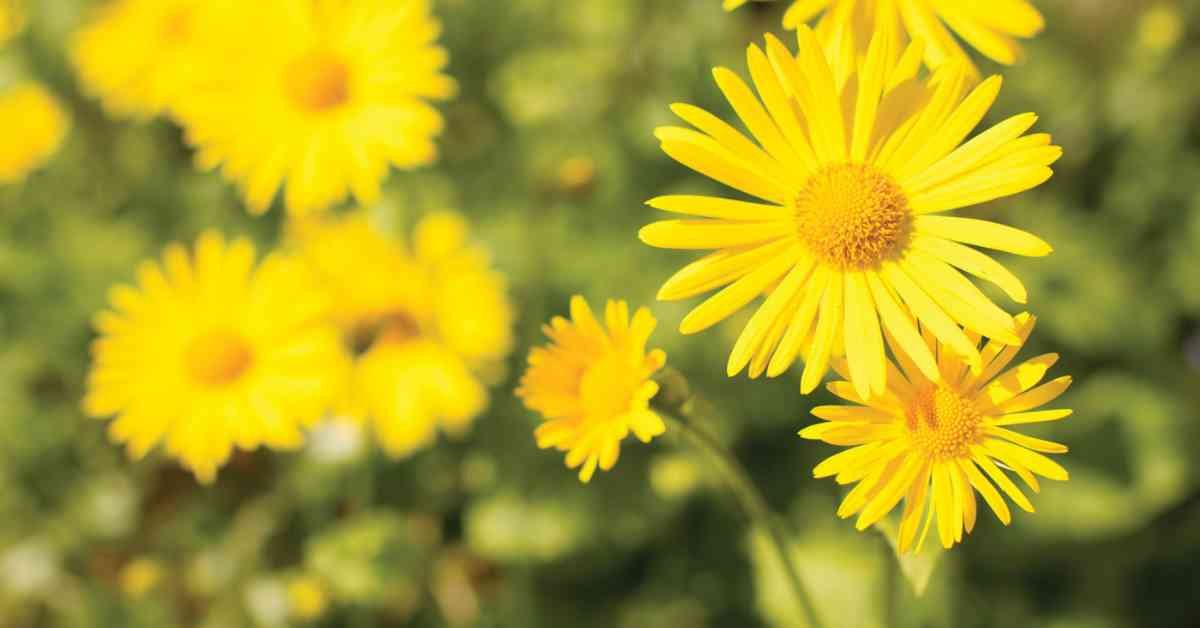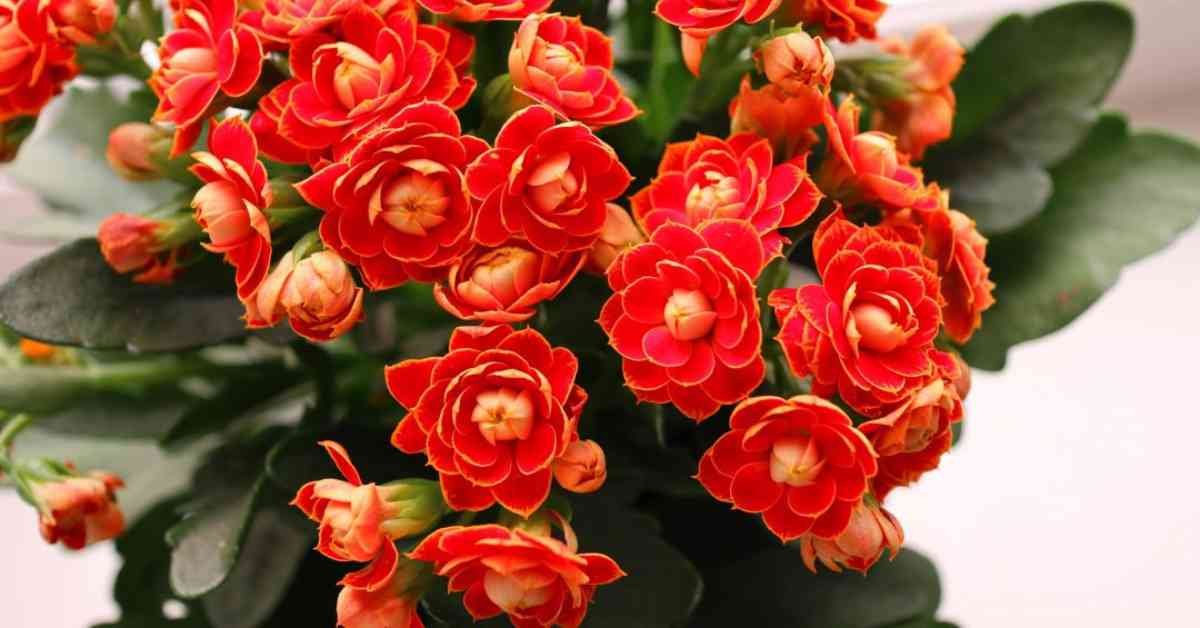Lucky bamboo (Dracaena sanderiana) is a popular houseplant that has captured the hearts of plant enthusiasts and feng shui practitioners alike. Known for its elegant, straight, or twisted stalks and lush green leaves, lucky bamboo is not only an aesthetically pleasing addition to any home or office but also carries significant cultural symbolism. In this comprehensive guide, we will explore everything you need to know about lucky bamboo, from its care and benefits to its historical and cultural significance.
Table of Contents
- Introduction to Lucky Bamboo
- Historical and Cultural Significance
- Varieties of Lucky Bamboo
- How to Care for Lucky Bamboo
- Light Requirements
- Watering Needs
- Temperature and Humidity
- Soil and Potting
- Fertilizing
- Pruning and Shaping
- Common Problems and Solutions
- Benefits of Having Lucky Bamboo
- Health Benefits
- Feng Shui Benefits
- Propagation of Lucky Bamboo
- Creative Display Ideas
- Frequently Asked Questions
- Conclusion
Introduction to Lucky Bamboo
Lucky bamboo, scientifically known as Dracaena sanderiana, is a versatile and resilient plant that can thrive in a variety of conditions. Despite its name, lucky bamboo is not a true bamboo but belongs to the Dracaena genus, which includes other popular houseplants such as the corn plant and the snake plant. Its unique appearance and low maintenance requirements make it an ideal choice for both novice and experienced gardeners.
Historical and Cultural Significance
Lucky bamboo has a rich history rooted in Asian culture, particularly in Chinese traditions. It is often associated with feng shui, the ancient art of harmonizing one’s environment. According to feng shui principles, lucky bamboo brings positive energy, prosperity, and good fortune. The plant is frequently used in homes and businesses to attract luck and ward off negative energy.
The number of stalks in a lucky bamboo arrangement holds specific meanings:
- Two stalks: Symbolize love and marriage.
- Three stalks: Represent happiness, wealth, and longevity.
- Five stalks: Promote health.
- Six stalks: Attract prosperity.
- Eight stalks: Bring growth and abundance.
- Ten stalks: Represent perfection and completeness.
- Twenty-one stalks: Offer powerful blessings.
Varieties of Lucky Bamboo
Lucky bamboo comes in several varieties, each with its own unique characteristics. Some of the most popular varieties include:
- Straight Lucky Bamboo: The most common variety, characterized by its straight, upright stalks.
- Twisted or Curly Lucky Bamboo: Known for its artistically twisted stalks, often shaped into intricate designs.
- Braided Lucky Bamboo: Features multiple stalks braided together to form a unique pattern.
- Lotus Lucky Bamboo: Resembles the lotus flower with its layered arrangement of stalks.
How to Care for Lucky Bamboo
Caring for lucky bamboo is relatively straightforward, making it an excellent choice for beginners. Here are the essential aspects of lucky bamboo care:
Light Requirements
Lucky bamboo thrives in bright, indirect light. It can tolerate low light conditions but may not grow as vigorously. Avoid placing the plant in direct sunlight, as this can cause the leaves to scorch.
Watering Needs
Lucky bamboo can be grown in both water and soil. When grown in water, it is crucial to change the water every two to four weeks to prevent stagnation and algae growth. Use distilled or filtered water to avoid chlorine and fluoride, which can damage the plant. If grown in soil, keep the soil consistently moist but not waterlogged.
Temperature and Humidity
Lucky bamboo prefers temperatures between 65°F and 95°F (18°C to 35°C). It is sensitive to cold drafts and sudden temperature changes, so keep it away from air conditioners and heating vents. The plant also appreciates high humidity, which can be maintained by misting the leaves regularly or using a humidity tray.
Soil and Potting
When planting lucky bamboo in soil, use a well-draining potting mix, such as a combination of peat moss, perlite, and sand. Choose a pot with drainage holes to prevent water from accumulating at the bottom. Repot the plant every two to three years to refresh the soil and provide more space for growth.
Fertilizing
Lucky bamboo does not require frequent fertilization. Feed the plant with a diluted liquid fertilizer every two to three months during the growing season (spring and summer). Avoid over-fertilizing, as this can lead to nutrient burn and damage the plant.
Pruning and Shaping
Pruning helps maintain the desired shape and size of your lucky bamboo. Use clean, sharp scissors to trim off any yellow or brown leaves and cut back overgrown stalks. You can also shape the plant by guiding its growth with wire or twisting the stalks manually.
Common Problems and Solutions
Despite its resilience, lucky bamboo can encounter some common issues. Here are a few problems and their solutions:
- Yellowing Leaves: This can be caused by overwatering, poor water quality, or too much direct sunlight. Ensure the plant receives adequate indirect light and use distilled or filtered water.
- Algae Growth: If grown in water, algae can develop in the container. Clean the container regularly and change the water every two to four weeks.
- Root Rot: This occurs when the plant is overwatered or the soil is waterlogged. Ensure proper drainage and avoid letting the plant sit in standing water.
- Pests: Lucky bamboo can be susceptible to spider mites and mealybugs. Treat infestations with insecticidal soap or neem oil.
Benefits of Having Lucky Bamboo
Health Benefits
Lucky bamboo offers several health benefits:
- Air Purification: Like many houseplants, lucky bamboo helps purify the air by removing toxins and increasing oxygen levels.
- Stress Reduction: The presence of green plants can have a calming effect, reducing stress and promoting relaxation.
Feng Shui Benefits
In feng shui, lucky bamboo is believed to bring positive energy and good fortune. Placing the plant in specific areas of your home or office can enhance different aspects of your life:
- Wealth Corner: Placing lucky bamboo in the southeast corner attracts wealth and prosperity.
- Health Area: Positioning the plant in the east promotes health and well-being.
- Career Zone: Placing lucky bamboo in the north can enhance career opportunities and success.
Propagation of Lucky Bamboo
Propagating lucky bamboo is a simple process that allows you to grow new plants from existing ones. Here’s how to do it:
- Choose a Healthy Stalk: Select a healthy stalk with several leaf nodes.
- Cut Below a Node: Using a sharp, clean knife or scissors, cut the stalk just below a node.
- Place in Water: Place the cut stalk in a container of distilled or filtered water, ensuring at least one node is submerged.
- Wait for Roots to Develop: In a few weeks, roots will begin to form. Once the roots are well-established, you can plant the new stalk in soil or continue growing it in water.
Creative Display Ideas
Lucky bamboo can be displayed in various creative ways to enhance your home or office decor:
- Glass Vases: Display the plant in clear glass vases filled with decorative stones or marbles.
- Water Features: Incorporate lucky bamboo into water features such as fountains or ponds.
- Zen Gardens: Use the plant as part of a tabletop zen garden for a tranquil and meditative setup.
- Wall Mounts: Create a vertical garden by mounting lucky bamboo on walls using specialized holders or containers.
Frequently Asked Questions
Can Lucky Bamboo Grow in Low Light?
Yes, lucky bamboo can grow in low light conditions, but it will thrive best in bright, indirect light.
How Often Should I Water Lucky Bamboo?
If grown in water, change the water every two to four weeks. If grown in soil, keep the soil consistently moist but not waterlogged.
Can I Use Tap Water for Lucky Bamboo?
It is best to use distilled or filtered water, as tap water may contain chlorine and fluoride, which can harm the plant.
How Do I Prevent My Lucky Bamboo from Turning Yellow?
Ensure the plant receives adequate indirect light, avoid overwatering, and use distilled or filtered water.
Can I Shape Lucky Bamboo Myself?
Yes, you can shape lucky bamboo by guiding its growth with wire or twisting the stalks manually. Pruning also helps maintain the desired shape.

Conclusion
Lucky bamboo is a versatile and resilient plant that offers both aesthetic and symbolic benefits. Its low maintenance requirements make it an excellent choice for beginners, while its cultural significance adds a layer of depth for those interested in feng shui and traditional practices. By understanding how to care for and display lucky bamboo, you can enjoy its beauty and positive energy in your home or office for years to come. Whether you’re looking to attract good fortune, improve air quality, or simply add a touch of greenery to your space, Lucky Bamboo is a perfect choice.





